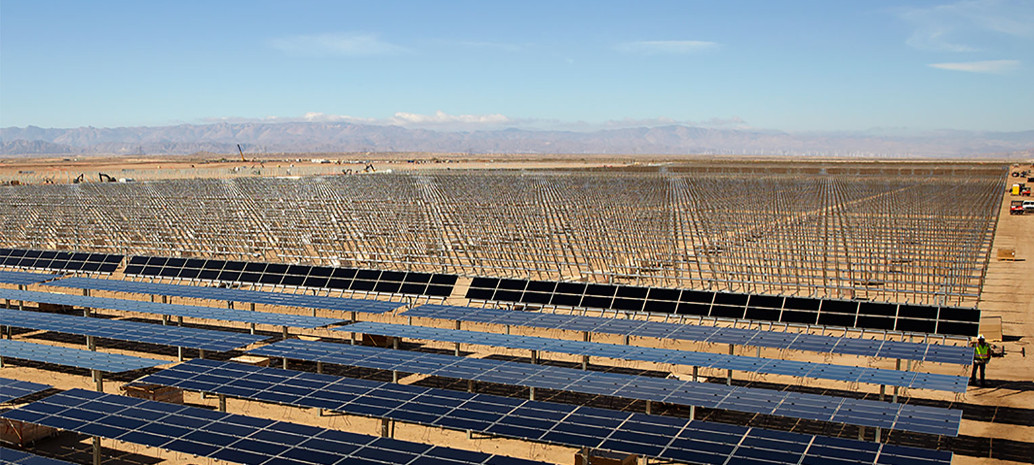Last week the U.S. Department of Energy’s Energy Information Administration (EIA) produced its Short-Term Energy Outlook for March 2017. A brief section on solar included predictions about the future growth of solar PV capacity and generation:
On a percentage basis, solar power is expected to be the fastest growing renewable energy source in the forecast period, with total utility-scale capacity increasing by 44% from the end of 2016 to 31 GW at the end of 2018. With that level of growth, solar is expected to account for 1.4% of total utility-scale electricity generation in 2018.
There are several issues with this. First, while EIA has finally gotten around to including electricity generation from distributed solar in its Electric Power Monthly publication, the Short-Term Energy Outlook leaves out even capacity numbers for distributed PV, which are easier to aggregate than generation figures.
Second, the amount of utility-scale solar that EIA estimates was online at the end of 2016 – 21.5 GW – is a full 3 GW less than the solar photovoltaic (PV) capacity that was calculated by GTM Research, which for years has delivered more comprehensive and thorough data on the U.S. solar market than any government agency. And as EIA only says “solar” – not PV – there is another missing gigawatt of electric capacity in concentrated solar power (CSP).
Third, EIA’s forecast for new large-scale solar in 2017 and 2018 – only 11 GW – is much less than is being predicted by major market analysts. In fact, GTM Research is expecting 8.7 GW of installations in 2017 alone, and other 6.3 GW in 2018 – 36% more than EIA.
These low forecasts for existing and new capacity may also be why the forecast for generation – which does not include behind-the-meter solar – is suspiciously low. By EIA’s own account, utility-scale solar delivered up around 0.9% of U.S. electricity generation in 2016, however more than 10 GW of large-scale solar came online during the year. As roughly half of that was commissioned in the fourth quarter of 2016, this year electricity generation from solar will already be significantly higher than last year.
Unfortunately, EIA has been issuing unrealistically low forecasts regarding the future growth of wind and solar for years. In March 2016 the agency issued a report addressing criticisms, which was more defensive than a frank reckoning with its shoddy track record.
And while the difference between this latest forecast and the forecasts of analysts with a much better track record is lower, it is still a curious underestimating of the future prospects of solar.
“EIA always assumes all support will end after present policies end, except present policy to allow free CO2 emissions,” Kees van der Leun, director of utilities for Europe and the Middle East for Ecofys/Navigant told pv magazine.
Ultimately there is more to it than this, as the federal and state policies supporting the large majority of the utility-scale solar market in the United States will not expire before the end of 2018.
Which leaves questions as to why EIA is, again, under-estimating solar.
This content is protected by copyright and may not be reused. If you want to cooperate with us and would like to reuse some of our content, please contact: editors@pv-magazine.com.









By submitting this form you agree to pv magazine using your data for the purposes of publishing your comment.
Your personal data will only be disclosed or otherwise transmitted to third parties for the purposes of spam filtering or if this is necessary for technical maintenance of the website. Any other transfer to third parties will not take place unless this is justified on the basis of applicable data protection regulations or if pv magazine is legally obliged to do so.
You may revoke this consent at any time with effect for the future, in which case your personal data will be deleted immediately. Otherwise, your data will be deleted if pv magazine has processed your request or the purpose of data storage is fulfilled.
Further information on data privacy can be found in our Data Protection Policy.